Nappy Rash and Modern Cloth Nappies: Bacterial, Fungal & Yeast Concerns Explored
In today’s world of evolving parenting choices and eco-conscious lifestyles, modern cloth nappies have garnered considerable attention. However, one of the challenges many parents face is nappy rash. This comprehensive article delves into the intricate relationship between nappy rash and modern cloth nappies, examining the bacterial, fungal, and yeast components involved. We aim to provide an in-depth guide that not only informs but also offers actionable tips to help parents manage and prevent nappy rash while using cloth nappies.
Understanding Nappy Rash
Nappy rash, often characterized by irritated, red, and inflamed skin in the diaper area, is a common issue among infants. The causes can be multifactorial, including prolonged exposure to moisture, friction, and the presence of bacteria, fungi, and yeast. Understanding the root causes of nappy rash is the first step in preventing and treating this uncomfortable condition.
What Causes Nappy Rash?
There are several factors that contribute to the development of nappy rash:
- Moisture and Prolonged Contact: Wet diapers create an environment that can irritate a baby’s sensitive skin.
- Friction: The constant rubbing of the diaper against the skin can lead to chafing.
- Irritants: Chemicals found in some detergents, baby wipes, or even the materials used in some cloth nappies can be irritants.
- Bacterial Overgrowth: Warm, moist environments foster the growth of bacteria.
- Fungal and Yeast Infections: The conditions that favor bacterial growth can also promote the proliferation of fungi and yeast, particularly Candida albicans.
The Rise of Modern Cloth Nappies
Modern cloth nappies have evolved significantly over the past few decades. What began as a cumbersome and time-consuming alternative to disposable diapers has transformed into a stylish, convenient, and environmentally friendly option.
Benefits of Using Cloth Nappies
Cloth nappies offer numerous benefits that have led to their resurgence in popularity:
- Eco-Friendly: They reduce the amount of waste sent to landfills.
- Cost-Effective: Over time, cloth nappies can be more economical than disposables.
- Reduced Chemical Exposure: They often contain fewer chemicals than some disposable diapers, which can benefit sensitive baby skin.
- Customization: With a variety of fabrics, sizes, and designs available, parents can choose nappies that best suit their baby’s needs.
Common Misconceptions About Cloth Nappies
Despite their benefits, some misconceptions about cloth nappies persist:
- Hygiene Concerns: Many believe that cloth nappies are less hygienic. However, with proper washing and care, they can be as clean as disposable alternatives.
- Difficulty in Cleaning: Modern cloth nappies are designed with ease of use in mind, featuring advanced materials and construction that simplify the cleaning process.
- Increased Risk of Rash: While any nappy type can contribute to rash if not managed properly, many parents find that cloth nappies, when used correctly, actually reduce the incidence of nappy rash.
Bacterial Involvement in Nappy Rash
Bacteria play a significant role in the development of nappy rash. The warm, moist environment of a diaper area can foster the growth of various bacteria, leading to inflammation and irritation.
How Bacteria Affect the Diaper Area
When a baby’s skin is constantly exposed to moisture and urine, bacteria such as Staphylococcus aureus and Escherichia coli can thrive. These bacteria can break down the skin’s natural barrier, leading to irritation and sometimes infection.
- Breakdown of Skin Barrier: Constant wetness softens the skin, making it more vulnerable to bacterial invasion.
- Inflammatory Response: The body’s reaction to bacterial presence often results in redness, swelling, and discomfort.
Preventing Bacterial Growth
To prevent bacterial overgrowth in cloth nappies:
- Frequent Changes: Change the nappy frequently to minimize prolonged exposure to moisture.
- Proper Cleaning: Use a baby-safe detergent and avoid fabric softeners which can leave residues.
- Thorough Drying: Ensure that nappies are completely dry before storage to prevent bacterial and fungal growth.
The Role of Fungi in Nappy Rash
Fungal infections, particularly those caused by Candida albicans, are another common contributor to nappy rash. Fungi thrive in warm, moist environments, making the diaper area an ideal breeding ground.
Identifying Fungal Infections
Fungal nappy rash is typically recognized by its distinct appearance and symptoms:
- Bright Red Rash: The rash often appears as bright red patches.
- Satellite Lesions: Small, red spots can appear around the edges of the main rash.
- Persistent Irritation: Unlike irritant rashes, fungal infections tend to persist and worsen without proper treatment.
Treatment and Prevention of Fungal Rash
Managing fungal nappy rash involves several key steps:
- Antifungal Creams: Topical antifungal medications can help manage the infection.
- Air Exposure: Allowing the diaper area to breathe can significantly reduce fungal growth.
- Frequent Cleaning: Regular cleaning of the affected area with water and gentle, fragrance-free cleansers can prevent further irritation.
- Barrier Creams: Using creams that create a protective barrier can help keep moisture away from the skin.
Yeast and Its Impact on Nappy Rash
Yeast infections, often a subset of fungal infections, are particularly troublesome in the diaper area. The presence of yeast, like Candida, can cause a specific type of nappy rash that is often more severe.
Characteristics of Yeast Infections
Yeast infections in the diaper area are marked by:
- Deep Redness: The rash can be intensely red and inflamed.
- Oozing and Crusting: In some cases, the rash may ooze or develop crusted areas.
- Intense Discomfort: Babies may experience significant discomfort, making them fussy or irritable.
Managing Yeast-Related Nappy Rash
Effective management of yeast-related nappy rash includes:
- Antifungal Medications: Both topical and, in severe cases, oral antifungal medications might be necessary.
- Hygiene Practices: Keeping the area clean and dry is crucial.
- Avoiding Irritants: Ensure that any creams or lotions used are free of harsh chemicals that might worsen the infection.
Best Practices for Cleaning and Washing Cloth Nappies
Proper cleaning is paramount when using modern cloth nappies. An effective washing routine can minimize the risk of bacterial, fungal, and yeast-related rashes.
Pre-Wash Rinsing
Before washing, it’s important to rinse off any solid matter. This step prevents stains and reduces the overall bacterial load on the fabric.
- Hot Water Prewash
- Pre-Treatment: Consider using a natural, baby-safe pre-wash spray if stains persist.
Choosing the Right Detergent
Selecting a detergent that is gentle on both the fabric and baby’s skin is key. Look for products that are:
- Fragrance-Free: Avoid scented detergents that can irritate sensitive skin.
- Hypoallergenic: Choose hypoallergenic formulas designed for babies.
- Eco-Friendly: Environmentally safe detergents align well with the eco-conscious values of many cloth nappy users.
Washing Techniques
For best results:
- Double Wash Cycle: Start with a hot (40-60 degree) prewash followed by a hot wash cycle to remove residues.
- Extra Rinse: An additional rinse cycle ensures all detergent residues are removed.
- Avoid Fabric Softeners: These can leave a residue that might irritate the skin and reduce the absorbency of the nappies.
Drying Methods
Proper drying is just as important as washing:
- Line Drying: Whenever possible, line drying under the sun is ideal as sunlight acts as a natural disinfectant.
- Tumble Drying: If using a dryer, opt for a low heat setting to avoid damaging the fabric.
The Advantages of Modern Cloth Nappies in Preventing Nappy Rash
Modern cloth nappies come with several innovations designed to reduce the incidence of nappy rash.
Improved Absorbency and Breathability
Today’s cloth nappies are engineered with materials that enhance absorbency while ensuring breathability.
- Multi-Layer Design: Many modern cloth nappies have multiple layers to wick moisture away from the skin.
- Breathable Fabrics: Fabrics like bamboo or organic cotton allow for better air circulation, reducing the moisture that fosters bacterial and fungal growth.
Customizable Fit and Function
The design improvements in modern cloth nappies also contribute to skin health:
- Adjustable Fit: Many cloth nappies now come with adjustable fastenings, ensuring a snug but not overly tight fit.
- Leak Prevention: Better design leads to reduced leaks, meaning less contact with moisture.
- Integrated Inserts: Some designs include removable inserts that can be washed separately, ensuring optimal hygiene.
Addressing Parental Concerns and Misconceptions
The journey of managing nappy rash can be overwhelming for new parents. Addressing common concerns and debunking myths is essential for peace of mind.
Myth: Cloth Nappies Cause More Rashes
Many parents worry that cloth nappies inherently cause more nappy rash than disposables. However, when used and maintained correctly, cloth nappies can be as hygienic, if not more so, than their disposable counterparts.
- Proper Care: Emphasize the importance of proper washing and drying.
- Skin-Friendly Materials: Modern designs prioritize baby’s skin health.
Myth: Natural Remedies Aren’t Effective
There is a misconception that natural remedies are merely homegrown solutions with no real efficacy. In reality, many natural ingredients, such as aloe vera and coconut oil, have proven benefits supported by anecdotal evidence and emerging research.
- Holistic Approach: Combining natural remedies with proper hygiene practices can yield excellent results.
- Consultation: Always consult with a pediatrician before starting any new treatment regimen.
Balancing Eco-Friendliness with Hygiene
Choosing cloth nappies is often motivated by environmental concerns. However, balancing eco-friendliness with hygiene is critical to prevent nappy rash.
Sustainable Practices in Nappy Care
- Eco-Friendly Detergents: Use detergents that are both effective and environmentally sustainable.
- Energy-Efficient Washing: Modern washing machines often have settings that are both gentle on fabrics and energy-efficient.
- Recycling and Upcycling: Consider ways to repurpose old cloth nappies or integrate sustainable practices into daily routines.
The Role of Education
Educating parents about the correct use and maintenance of cloth nappies can significantly reduce the risk of nappy rash.
- Workshops and Webinars: Many communities and online platforms offer educational sessions on cloth nappy care.
- Detailed Guides: Instructional content, both online and in print, can be invaluable in guiding parents through the best practices.
Innovations in Cloth Nappy Technology
The technology behind modern cloth nappies is constantly evolving. Innovations are making them more efficient at preventing conditions that lead to nappy rash.
Customizable Inserts
The development of customizable inserts allows parents to adjust the absorbency according to the baby’s needs. These inserts can be removed and cleaned separately, ensuring maximum hygiene.
- Layered Protection: Multiple layers provide additional protection against moisture and friction.
- Ease of Use: Inserts are designed for convenience, making them a practical solution for busy parents.
Integrating Modern Cloth Nappies into Daily Routine
For many parents, the transition to cloth nappies involves adjustments in daily routines. Here are some practical tips to help integrate modern cloth nappies effectively:
Establish a Routine
Develop a consistent routine for changing, washing, and drying cloth nappies to reduce the risk of nappy rash.
- Regular Intervals: Change nappies at regular intervals to keep the baby’s skin dry.
- Scheduled Washes: Create a washing schedule that fits with your daily routine, ensuring all nappies are cleaned promptly.
Monitor Skin Health
Keep a close watch on your baby’s skin and note any signs of irritation. Early detection can prevent more serious issues.
- Daily Checks: Make it a habit to inspect your baby’s diaper area during each change.
- Record Keeping: Maintain a log of any occurrences of rash, which can help identify potential triggers.
Community and Support Groups
Engaging with other parents who use cloth nappies can provide valuable insights and support. Many communities offer online forums, local meetups, or social media groups dedicated to cloth nappy care.
- Share Experiences: Learning from the experiences of others can help you avoid common pitfalls.
- Expert Advice: These groups often have members with expertise in child care and cloth nappy maintenance who can offer advice.
The Role of Healthcare Professionals
Healthcare professionals can be an invaluable resource when managing persistent or severe nappy rash, especially if bacterial, fungal, or yeast infections are suspected.
When to Consult a Pediatrician
- Persistent Rash: If the rash does not improve with routine care, consult a pediatrician.
- Severe Symptoms: Look for signs of infection, such as fever or extreme discomfort, which require medical attention.
- Uncertainty: When in doubt about whether a natural remedy or treatment is suitable, always seek professional guidance.
Collaboration for Optimal Care
Working closely with healthcare providers ensures that the approach to nappy rash is both safe and effective.
- Tailored Treatments: A doctor can recommend treatments tailored to your baby’s specific needs.
- Monitoring: Regular check-ups can help monitor the effectiveness of the chosen care regimen and make adjustments as necessary.
Conclusion
Navigating the world of nappy rash and modern cloth nappies involves understanding a complex interplay of factors—from bacterial, fungal, and yeast influences to the innovative design features of today’s cloth nappies. Modern cloth nappies have evolved remarkably, offering eco-friendly, cost-effective, and skin-friendly alternatives to disposable diapers. With proper hygiene practices, regular washing, and the integration of natural remedies, parents can effectively manage and even prevent nappy rash.
As this article has explored, keeping the diaper area clean and dry, choosing the right cleaning products, and staying informed about the latest innovations are key strategies. Equally important is the role of education and community support in ensuring that parents feel confident in their choices. By staying proactive and collaborating with healthcare professionals, parents can ensure that their babies remain comfortable and rash-free.
Ultimately, the journey to managing nappy rash is a balance of careful care, informed choices, and embracing the innovations that modern cloth nappies offer. Empowered with knowledge and practical tips, you can confidently navigate this challenge, ensuring your baby’s skin remains healthy and protected.
In conclusion, while nappy rash remains a common concern, the advances in modern cloth nappy technology and a greater understanding of the underlying causes—whether bacterial, fungal, or yeast-related—mean that parents have more tools than ever before to ensure their children are both comfortable and healthy. Through careful care, regular monitoring, and informed choices, modern cloth nappies can be part of a successful strategy to prevent and manage nappy rash effectively.
By embracing these practices and staying updated on the latest developments in cloth nappy care, parents can contribute to both their baby’s well-being and a healthier environment. Happy parenting, and here’s to a rash-free journey ahead!


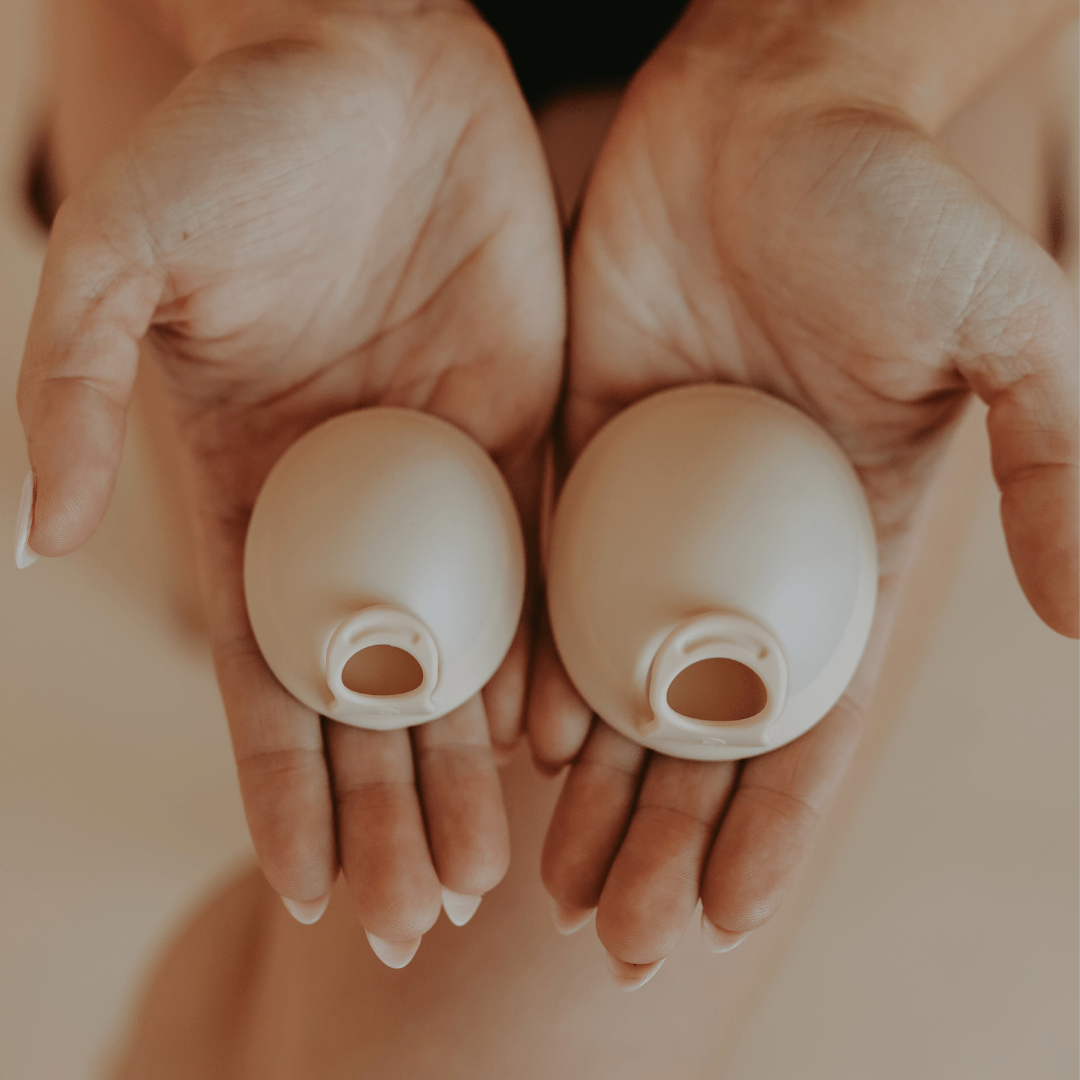
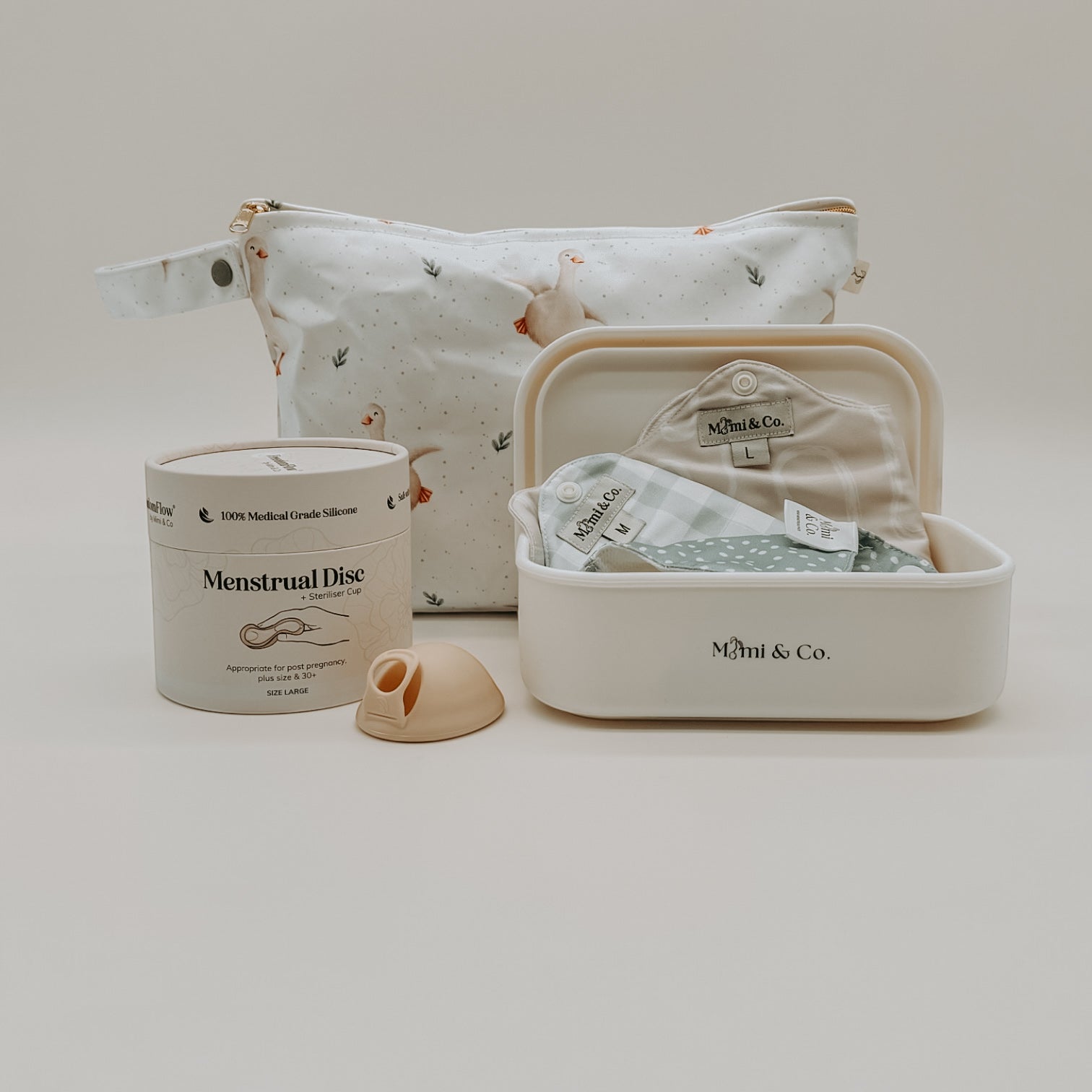
![Reusable Mimi® Menstrual Underwear [Shipping 31/9] - Mimi & Co](http://mimiandco.com.au/cdn/shop/files/reusable-mimi-menstrual-underwear-shipping-319-6508918.png?v=1759809525)
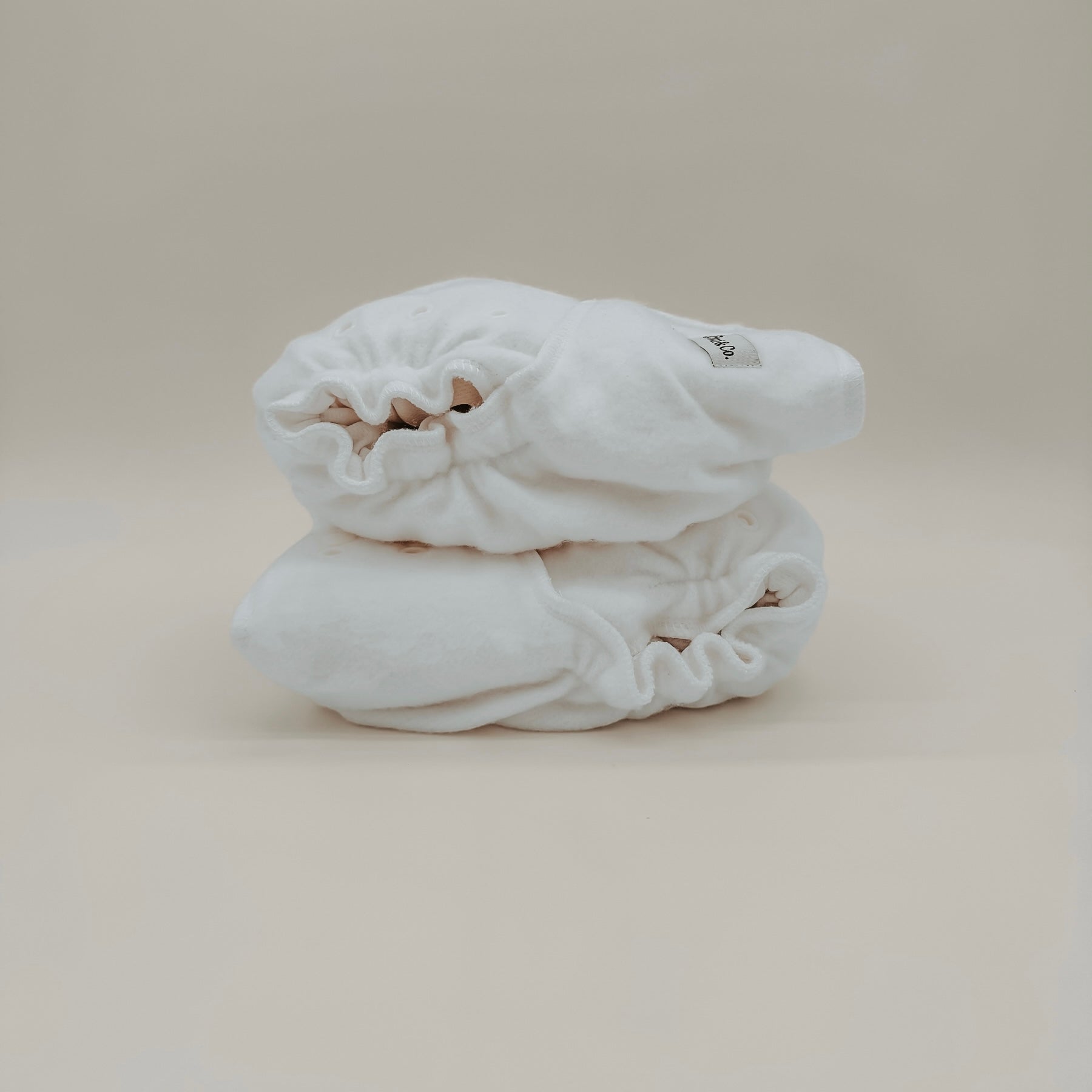
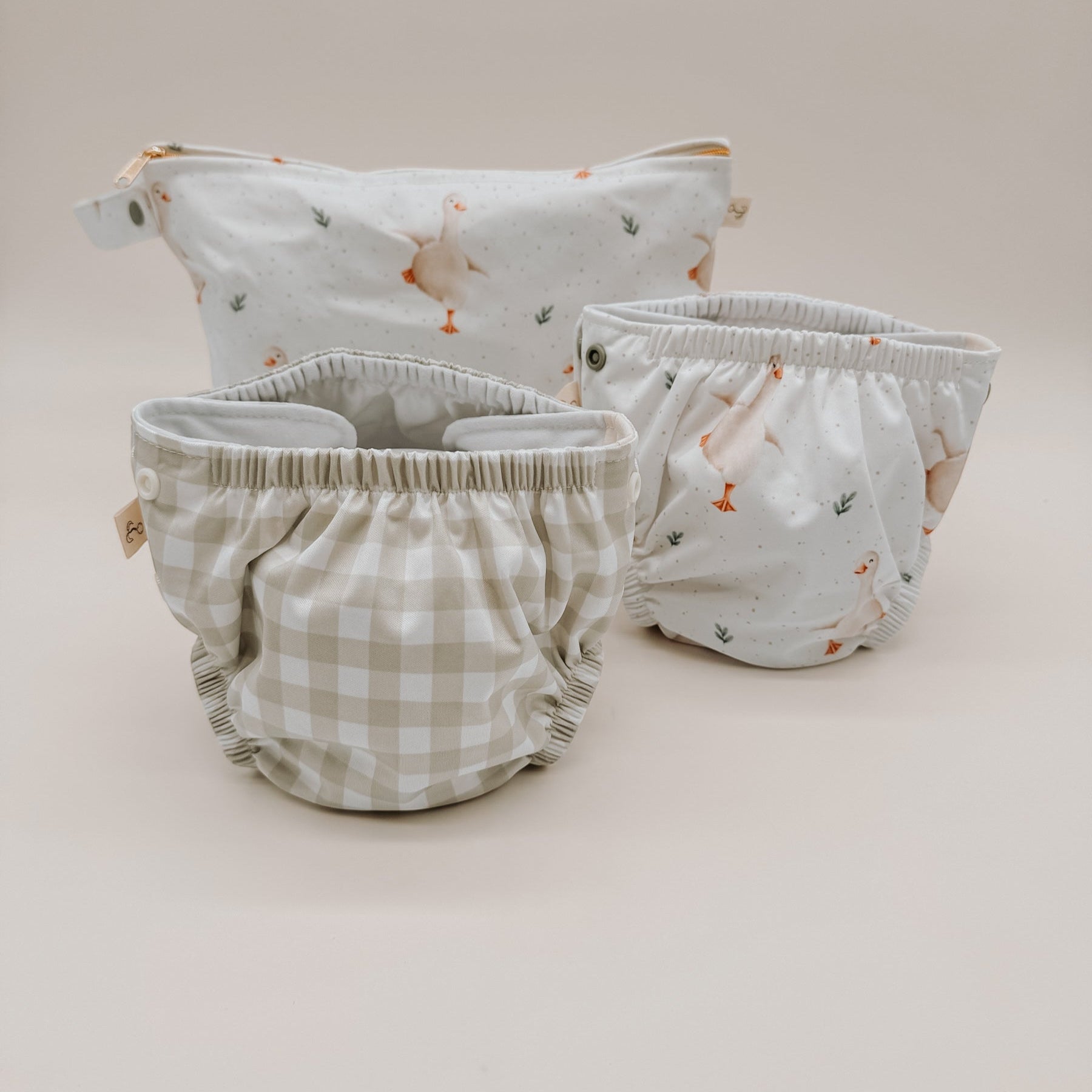
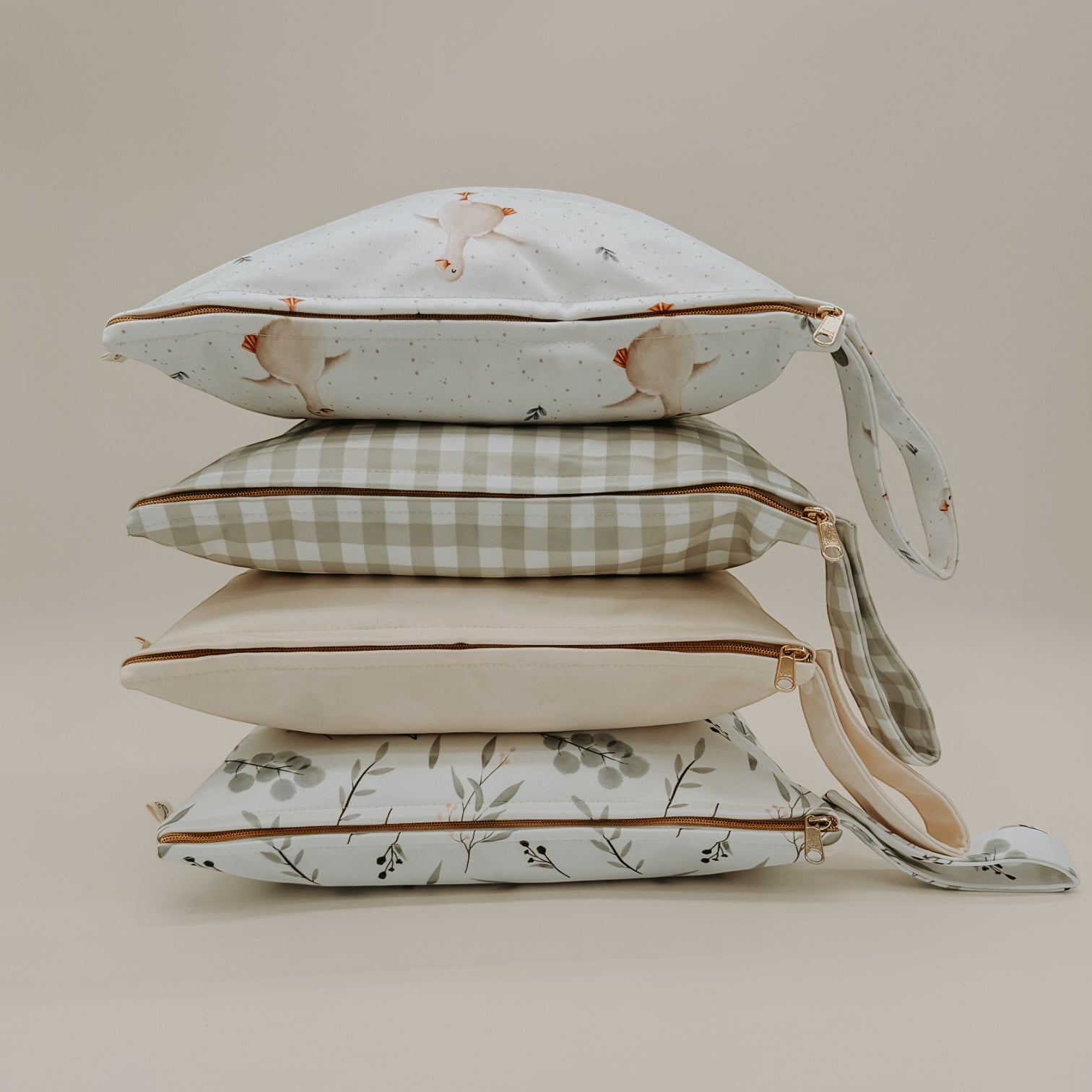
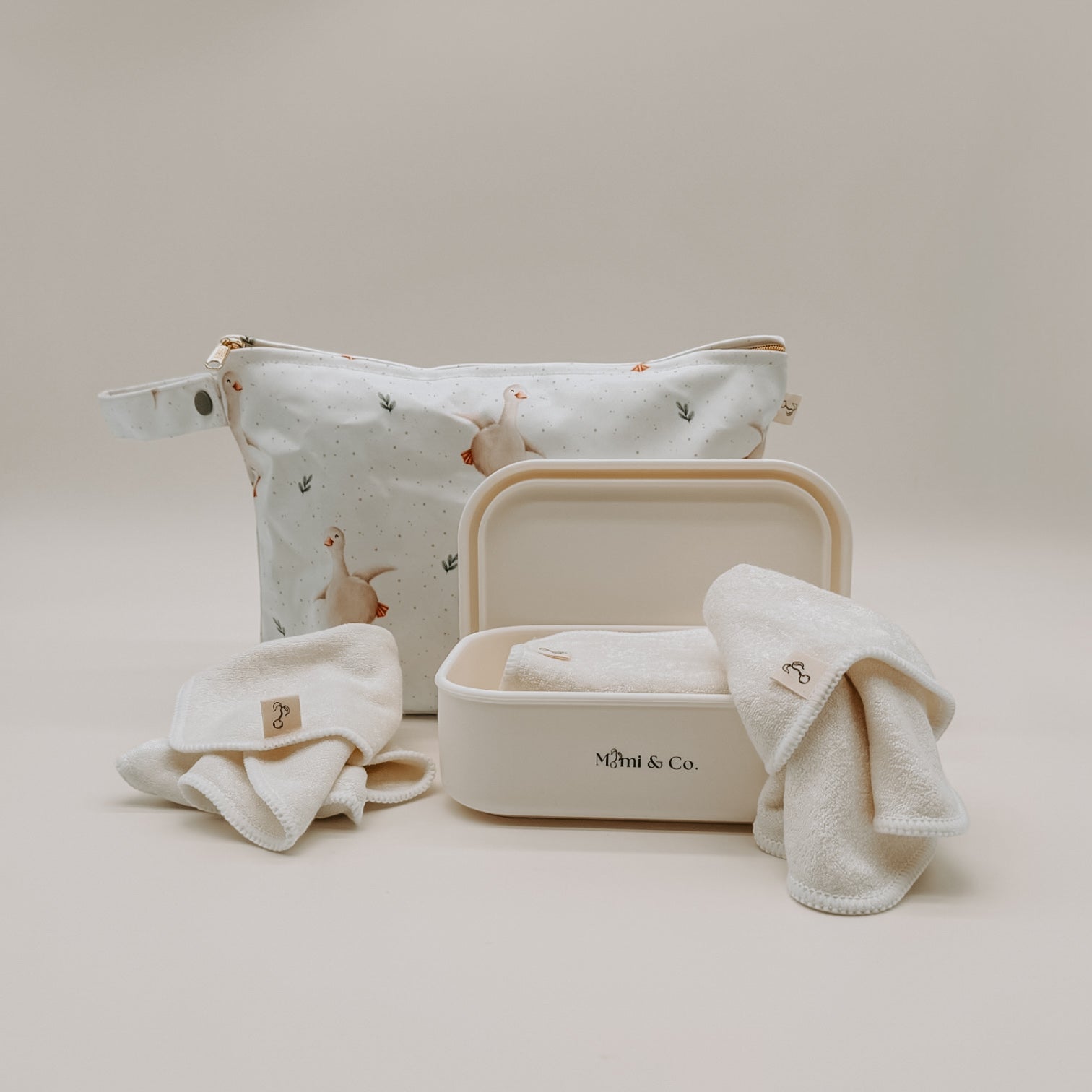
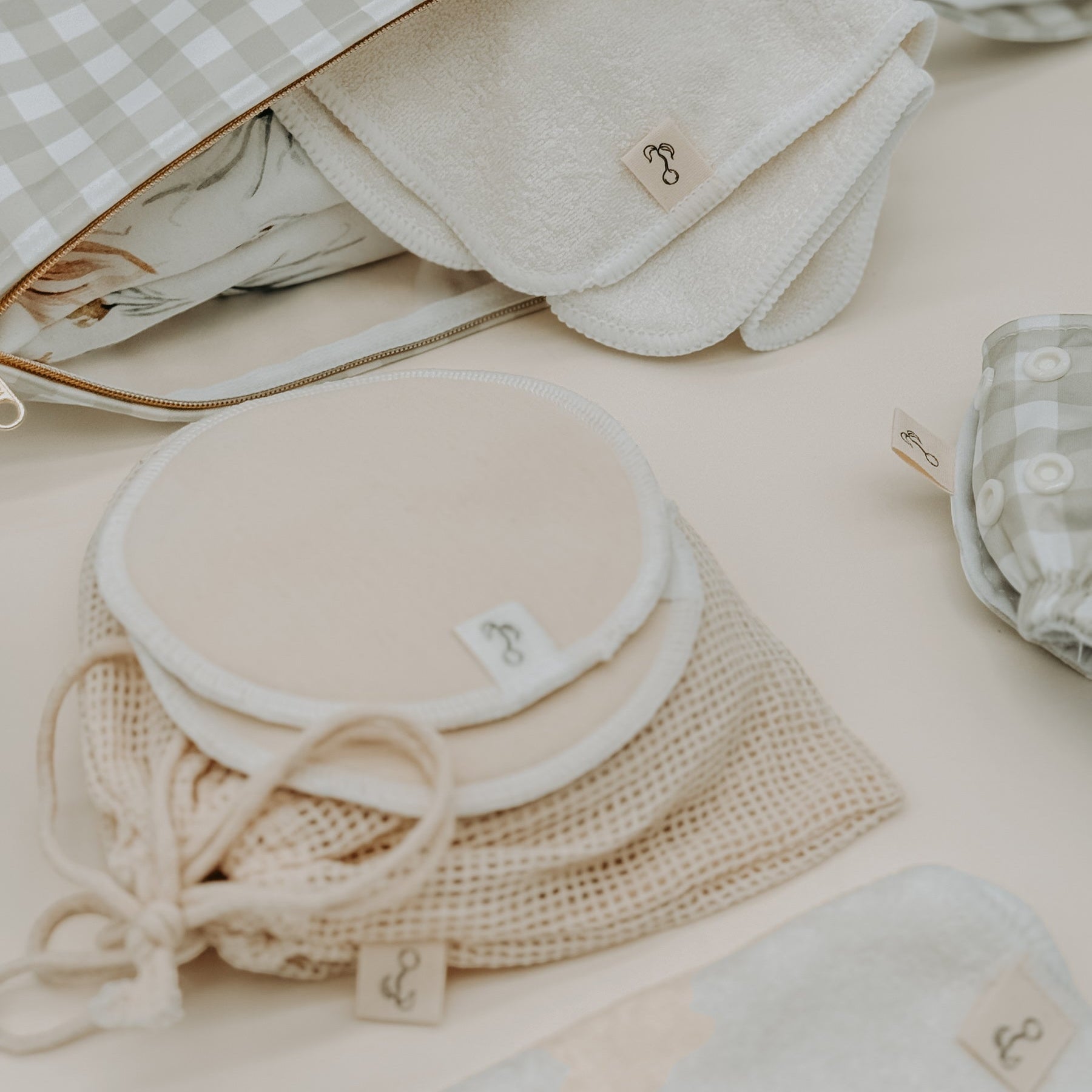
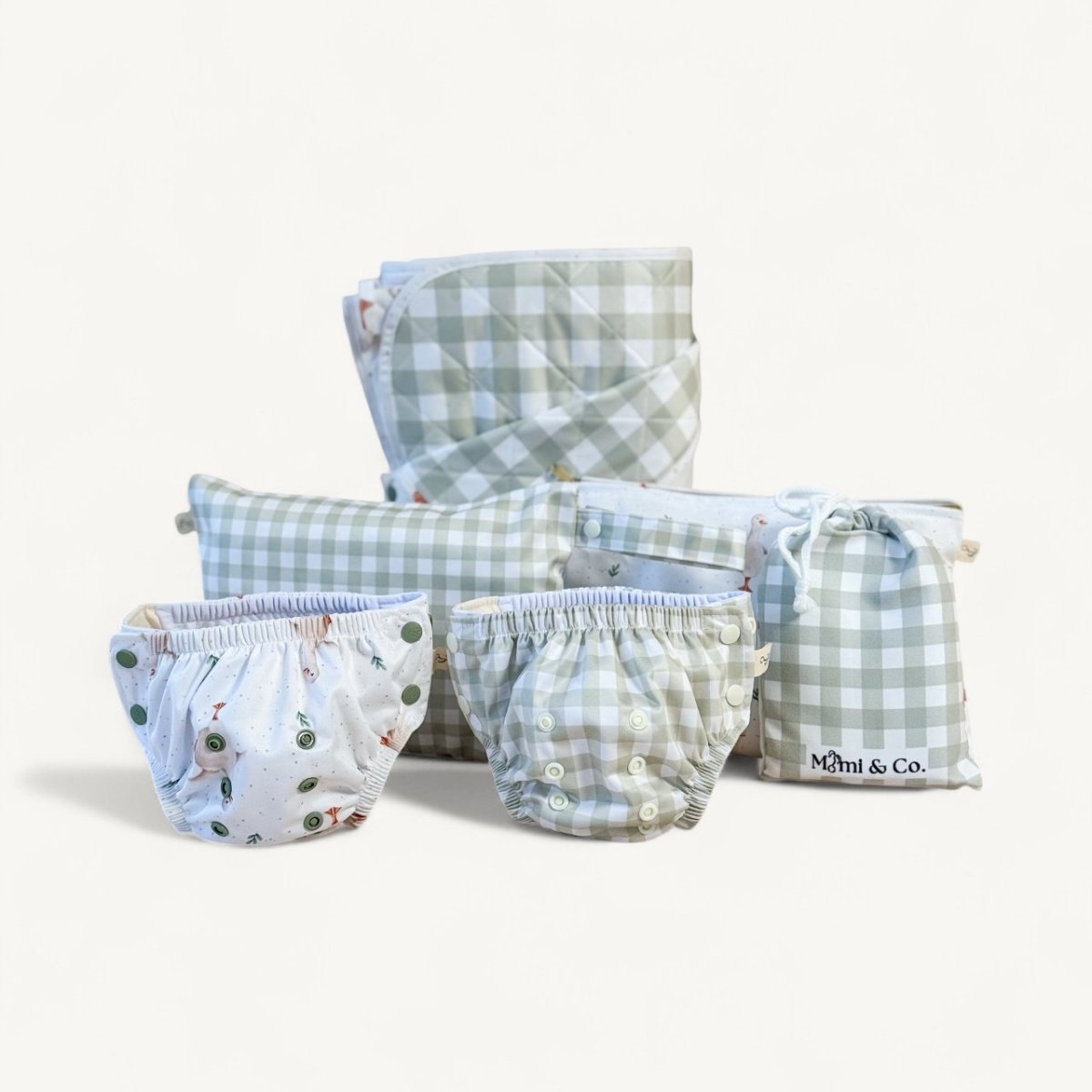
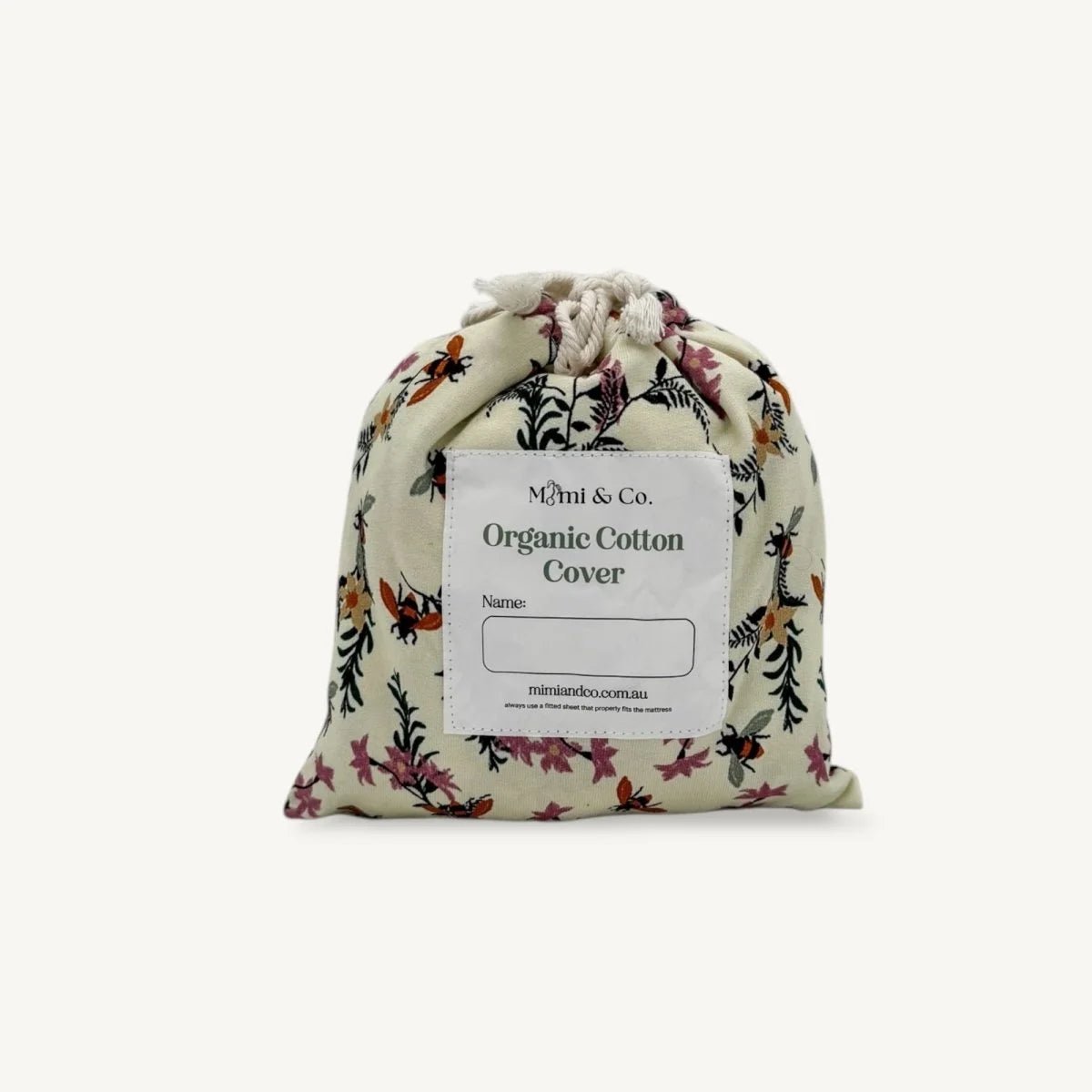
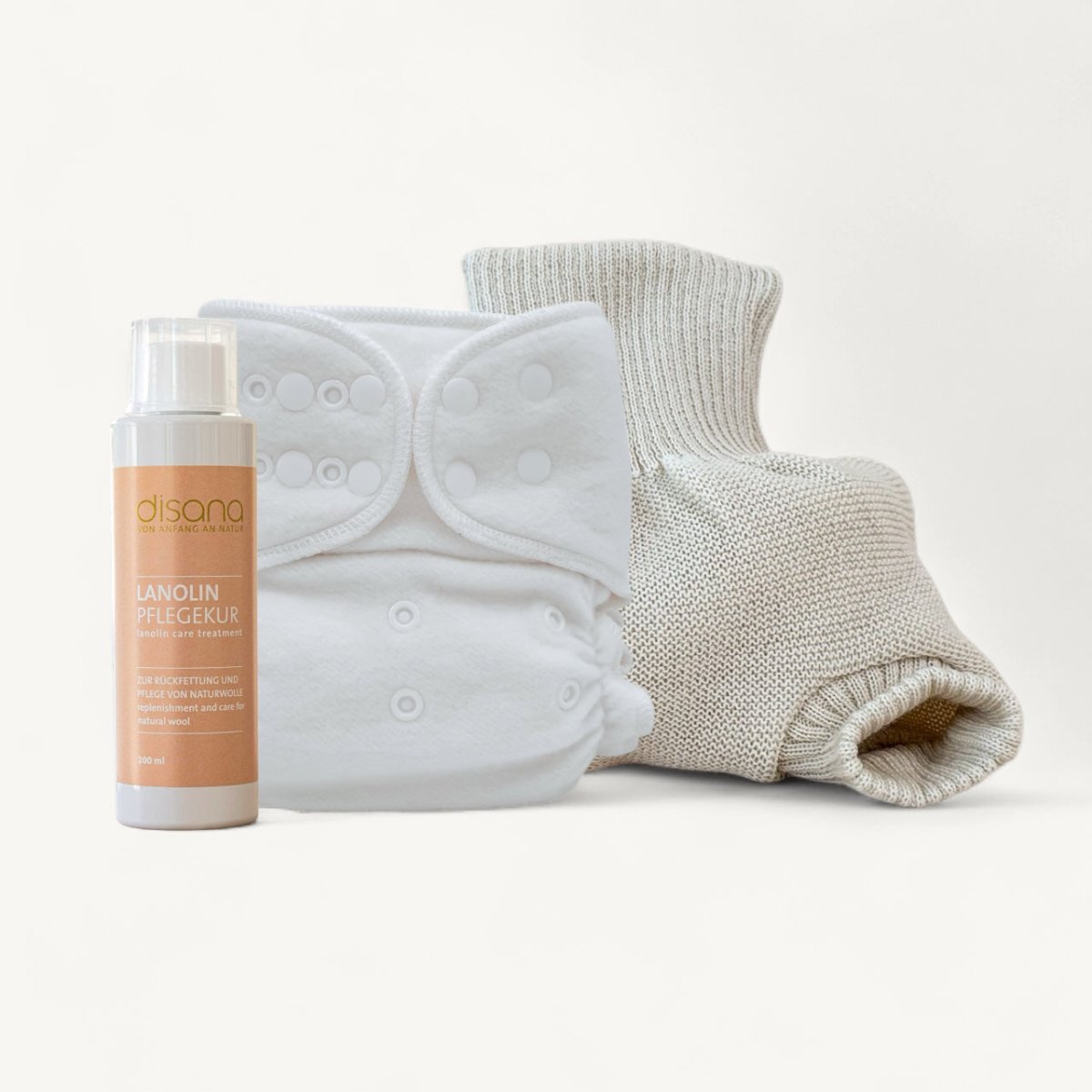


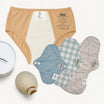
![Reusable Mimi® Menstrual Underwear [Shipping 31/9] - Mimi & Co](http://mimiandco.com.au/cdn/shop/files/reusable-mimi-menstrual-underwear-shipping-319-6508918.png?v=1759809525&width=104)
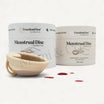
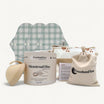
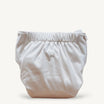
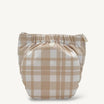
![One Size Fits Most Preflat [PreOrder] - Mimi & Co](http://mimiandco.com.au/cdn/shop/files/one-size-fits-most-preflat-preorder-761880.webp?v=1759809321&width=104)
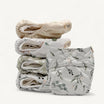
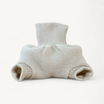
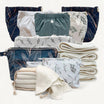
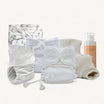
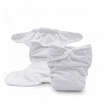
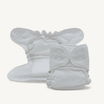
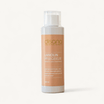
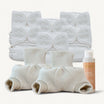
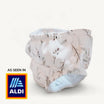
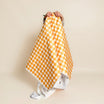
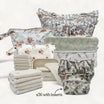
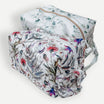
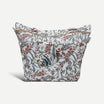
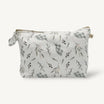
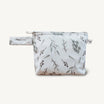
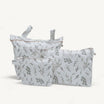
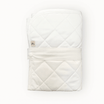
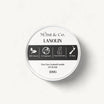
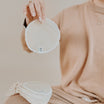
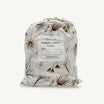
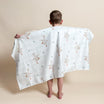
![Reusable Bamboo Wipes [5 Pack] - Mimi & Co](http://mimiandco.com.au/cdn/shop/files/reusable-bamboo-wipes-5-pack-580411.webp?v=1759809433&width=104)
![Organic Cotton Wipes [5 Pack] - Mimi & Co](http://mimiandco.com.au/cdn/shop/files/organic-cotton-wipes-5-pack-7079645.png?v=1759809401&width=104)
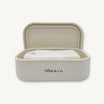
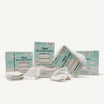
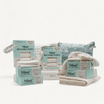
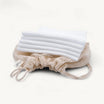
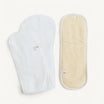
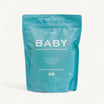
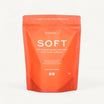
![Nappy Rash and Modern Cloth Nappies [Bacterial, Fungal & Yeast] - Mimi & Co](http://mimiandco.com.au/cdn/shop/articles/nappy-rash-and-modern-cloth-nappies-bacterial-fungal-yeast-5106268.jpg?v=1756302026&width=1500)
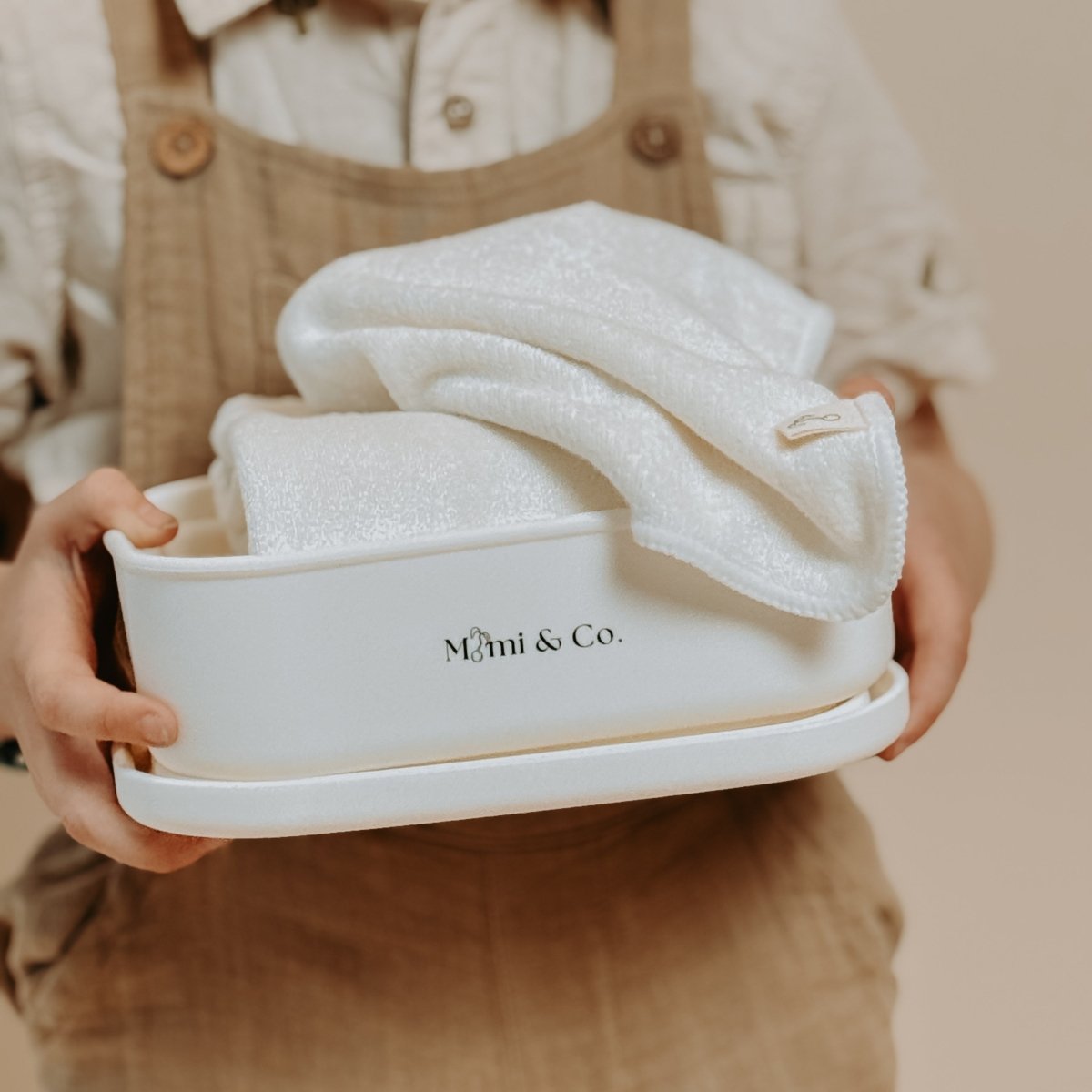





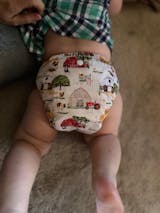
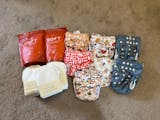
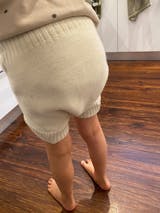






Leave a comment
All comments are moderated before being published.
This site is protected by hCaptcha and the hCaptcha Privacy Policy and Terms of Service apply.